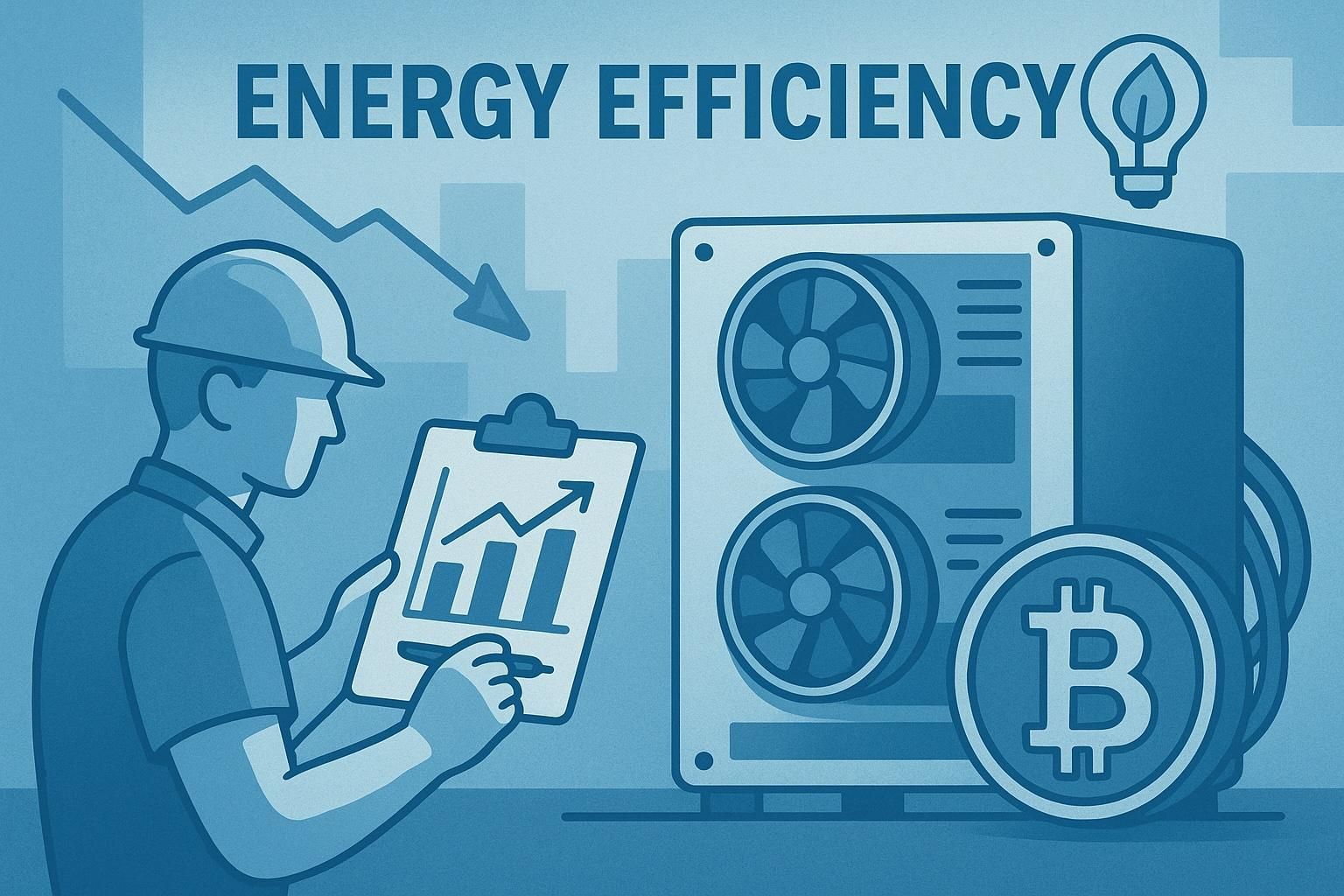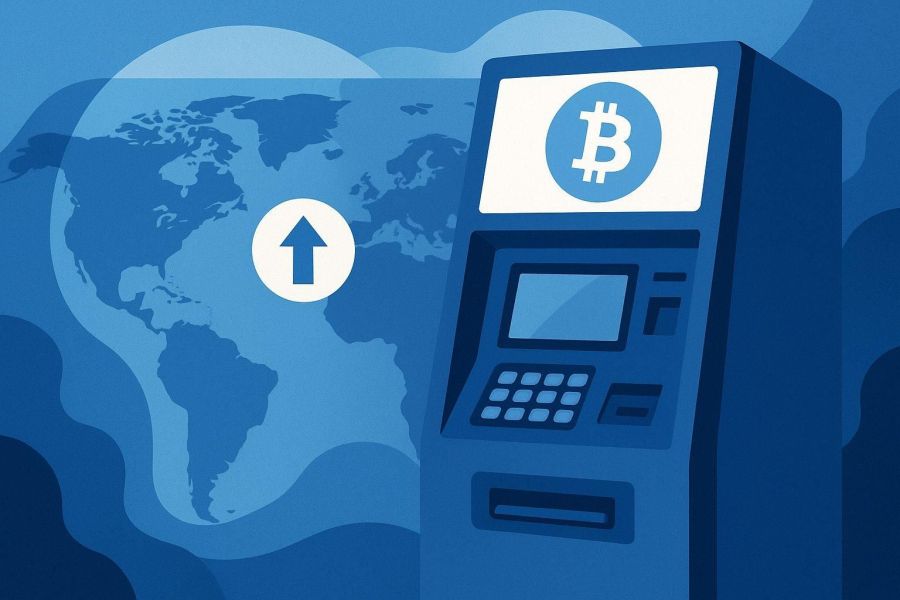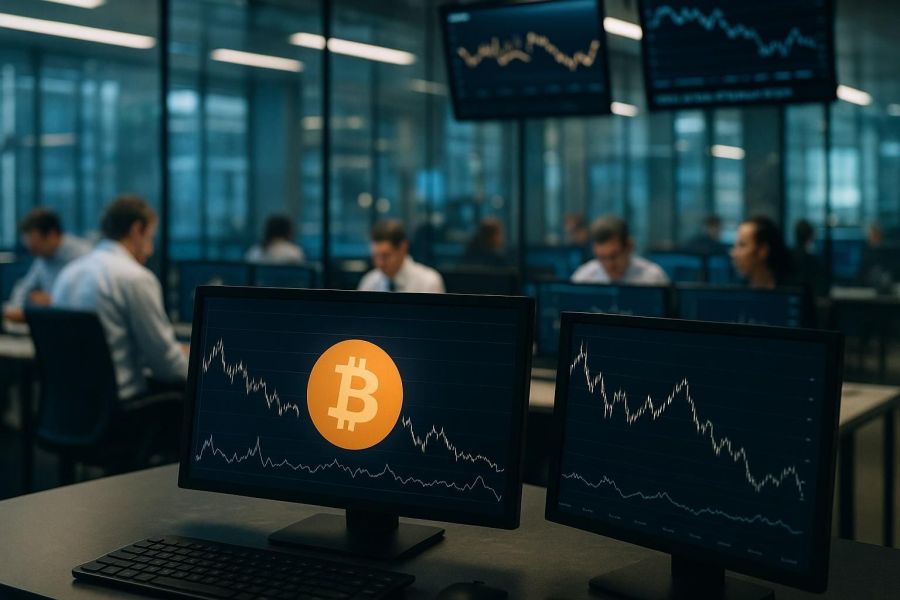
The Bitcoin halving in April 2024 has led to a dramatic shift in the mining landscape. With mining rewards halved from 6.25 BTC to 3.125 BTC per block, profitability took a significant hit. The “hashprice”—a measure of mining revenue per terahash—fell sharply from $0.12 in April 2024 to $0.049 in April 2025, according to Cointelegraph.
Meanwhile, the network difficulty surged to an all-time high of 123T. This record-setting level means miners must compete even harder to validate new blocks, pushing up operational costs. As a result, many mining companies are making strategic upgrades to their infrastructure. They're investing in next-generation, energy-efficient mining rigs and optimizing cooling systems and power management to reduce electricity use.
The shift is also driven by growing environmental concerns and regulatory pressures. Mining companies are increasingly aware that cutting energy waste is not just about profitability—it’s also crucial for long-term sustainability and public perception.
These developments underscore a new reality: energy efficiency is no longer optional. For miners to survive in this post-halving environment, they must adapt or risk being left behind.










